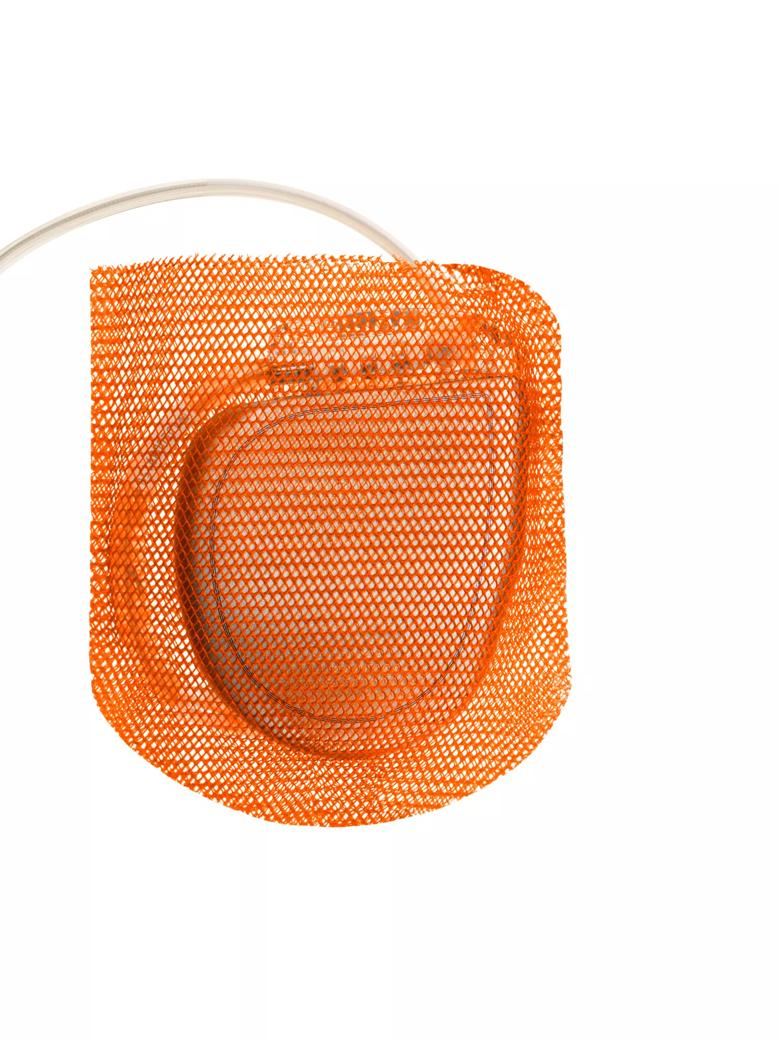Global trial of nearly 7,000 patients also demonstrates the envelope’s safety
Content is property of Cleveland Clinic and for news media use only.

NEW ORLEANS — A Cleveland Clinic-led research team has found that using an absorbable, antibiotic-eluting envelope when implanting cardiac devices like pacemakers and defibrillators can cut the rate of major infections by 40 percent.

The research was presented today at the American College of Cardiology’s 68th Annual Scientific Session and simultaneously published in the New England Journal of Medicine. It will also be presented tomorrow at the European Heart Rhythm Association 2019 Congress.
Approximately 1.7 million patients worldwide receive cardiac implantable electronic devices every year. These devices are used to correct abnormal heart rhythms and include pacemakers and implantable cardioverter defibrillators. While the devices are safe, there is a risk of infection, particularly following device replacements, or other secondary procedures such as pocket revisions, lead changes and upgrades.
“While the risk of major infections is low, when they do occur, they can be devastating for patients, resulting in invasive procedures, device removal, prolonged hospital stays and potentially death,” said Khaldoun Tarakji, M.D., MPH, associate section head of cardiac electrophysiology at Cleveland Clinic and the lead author of the study. “Other than the use of antibiotics right before the device procedures, this is the first intervention proven to reduce the risk of infection in a randomized clinical trial of this magnitude.”
The envelope is made of absorbable mesh that encases the defibrillator or pacemaker and is designed to stabilize the device when it is implanted in the body. It is coated with two antibiotics – minocycline and rifampin – which are continuously released into the device pocket over a minimum of seven days. The envelope is fully absorbed in approximately nine weeks.
The global trial enrolled 6,983 patients at 181 centers in 25 countries, receiving new defibrillators for cardiac resynchronization therapy or undergoing specific procedures on their cardiac implantable electronic devices including pocket revisions, generator replacements or upgrades. They were randomized to receive the envelope or not and were followed for at least 12 months. All patients received the standard preventive antibiotics prior to the operation to minimize infection risks. In the control group, 1.2 percent (42 patients) developed a major infection compared with 0.7 percent (25 patients) in the envelope group – a reduction of 40 percent. Of the major infections, 17 were endocarditis, an infection of the heart’s inner lining, and 50 were pocket infections. There were less pocket infections in the envelope group.

“The infection rates in our study were overall very low compared with other trials, and yet, we found the envelope was still able to provide a significant infection reduction benefit to patients. Given the seriousness of cardiac device infections, we strive to bring infection rates to as close to zero as possible,” said Bruce Wilkoff, M.D., director of cardiac pacing and tachyarrhythmia devices at Cleveland Clinic and senior author on the study.
The trial also examined the safety of the envelope. Researchers found no increase in complication rates when the envelope was used. The envelope, manufactured by Medtronic, was approved by the FDA in 2013 for use in cardiac implantable electronic devices.
Dr. Wilkoff and Dr. Tarakji are paid advisors for Medtronic. The study was funded by Medtronic. Cleveland Clinic Coordinating Center for Clinical Research participated in protocol development for the study, managed the data monitoring committee and provided independent validation of the trial results.
About Cleveland Clinic
Cleveland Clinic is a nonprofit multispecialty academic medical center that integrates clinical and hospital care with research and education. Located in Cleveland, Ohio, it was founded in 1921 by four renowned physicians with a vision of providing outstanding patient care based upon the principles of cooperation, compassion and innovation. Cleveland Clinic has pioneered many medical breakthroughs, including coronary artery bypass surgery and the first face transplant in the United States. U.S. News & World Report consistently names Cleveland Clinic as one of the nation’s best hospitals in its annual “America’s Best Hospitals” survey. Among Cleveland Clinic’s 66,000 employees are more than 4,200 salaried physicians and researchers and 16,600 nurses, representing 140 medical specialties and subspecialties. Cleveland Clinic’s health system includes a 165-acre main campus near downtown Cleveland, 11 regional hospitals in northeast Ohio, more than 180 northern Ohio outpatient locations – including 18 full-service family health centers and three health and wellness centers – and locations in southeast Florida; Las Vegas, Nev.; Toronto, Canada; Abu Dhabi, UAE; and London, England. In 2018, there were 7.9 million total outpatient visits, 238,000 hospital admissions and observations, and 220,000 surgical cases throughout Cleveland Clinic’s health system. Patients came for treatment from every state and 185 countries. Visit us at clevelandclinic.org. Follow us at twitter.com/CCforMedia and twitter.com/ClevelandClinic. News and resources available at newsroom.clevelandclinic.org.